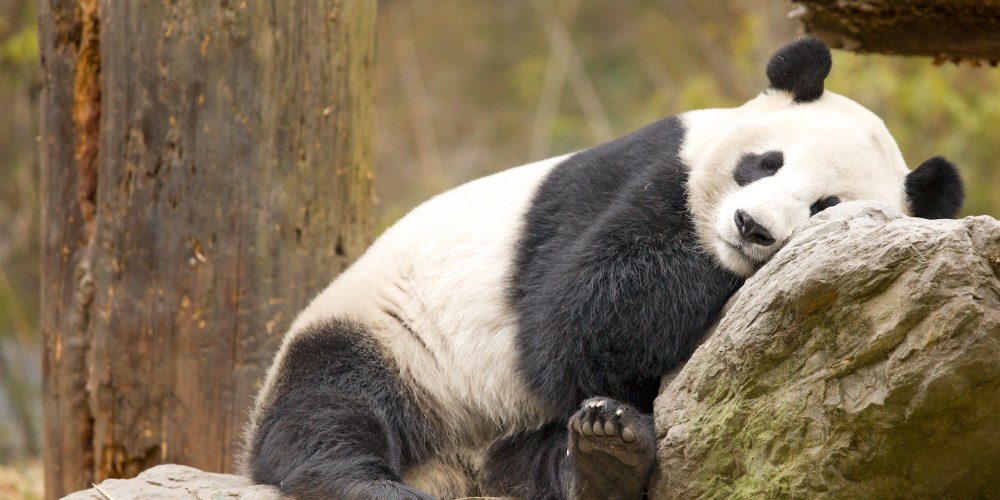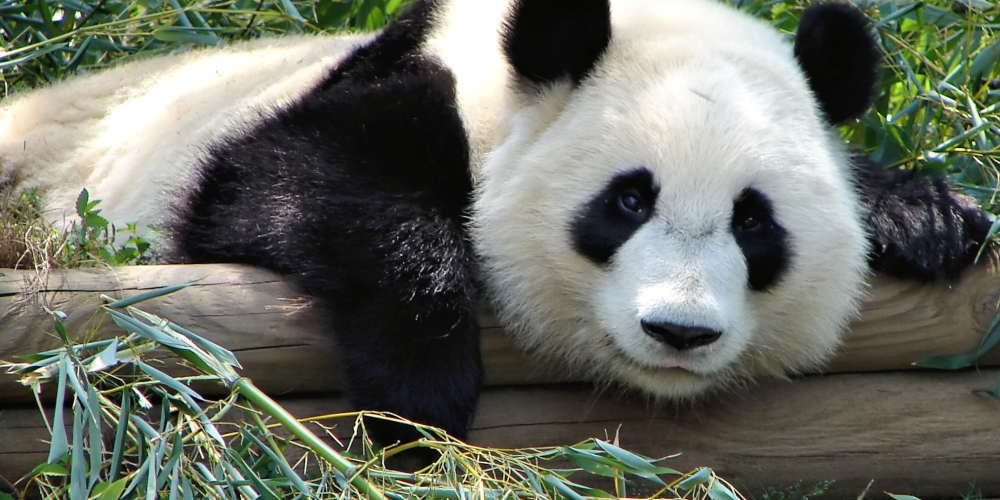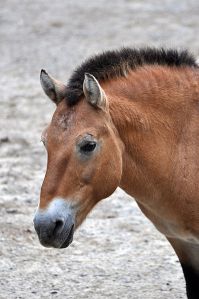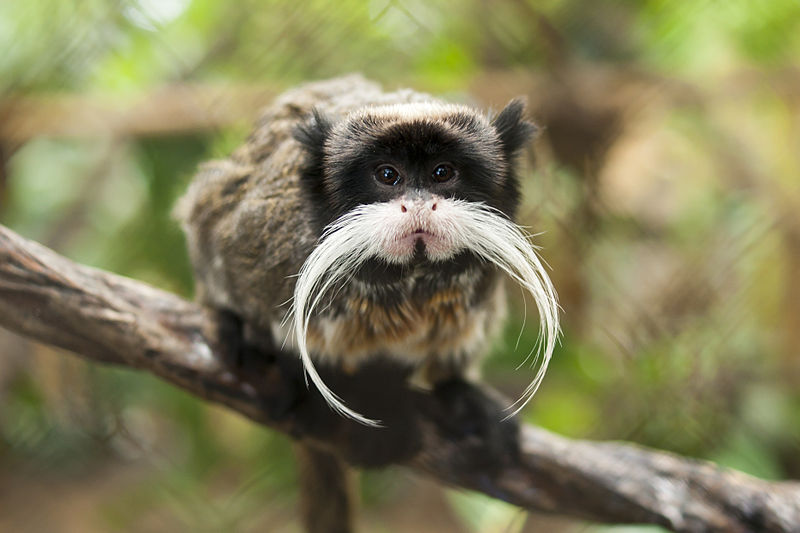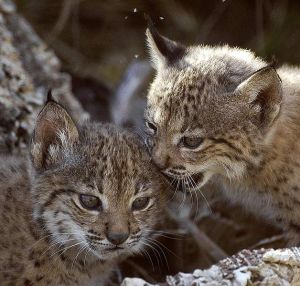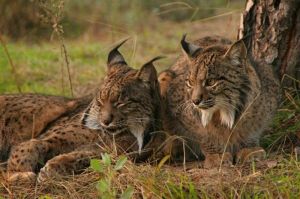Guess what?
The population of wild giant pandas has risen some 17% in just over a decade!
Quick quiz:
What percentage of pandas are indigenous to China?
- 100%! Every panda in the world pandas is indigenous to a very small range in China’s Sichuan, Shaanxi, and Gansu provinces.
- According to the latest survey, there are 1,864 pandas living in China. About a third of those are living in the wild. How many pandas are living in the wild? OH NO, MATH!
- About 615 pandas are living in the wild.
- Yes. Some people have suggested the animals should now be considered “vulnerable,” but as of now, they are still “endangered.”
- Conservation efforts have been a success.
- Researchers surveyed a much larger area than previous reports. A larger area probably means more pandas to count.
- Researchers used improved methods to count pandas. New approaches included taking DNA samples from mucus and droppings found in the wild. These methods probably give a more accurate count of pandas than traditional examination of droppings.
What conservation efforts has China taken to protect the panda?
- Captive breeding efforts, both in China and abroad, have been remarkably successful—and cute. Behold Bao Bao, one of the more adorable residents at the National Zoo and Nat Geo’s neighbor here in DC.
- China has established a series of 67 nature preserves in giant panda habitat. Check out the three toddlers at Bifengxia, China’s largest panda reserve.
How else can people help protect pandas?
- According to Nat Geo grantee Mark Brody, senior adviser for conservation and sustainable development at the Wolong Nature Reserve, conservationists need to focus on protecting the panda’s habitat. Panda habitat is shrinking due to rapid agricultural and industrial development. Small reserves are also not linked, cutting off pandas’ natural migration corridors. “So if we can couple China’s remarkably successful breeding programs with land restoration and linking of habitat, we have a much better chance at success,” says Brody.
